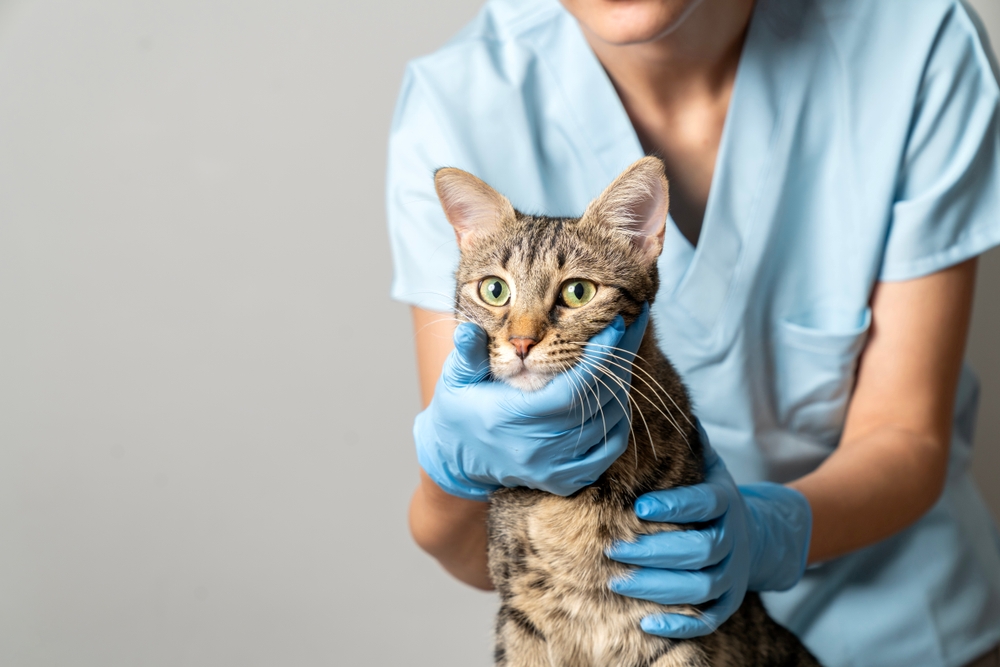
Does my dog need a coat?
December 19th 2022
Some may think of a coat as simply a fashion accessory, but our dogs live with us in heated homes and, therefore, will get cold just like us when they go out into freezing temperatures.
If your dog is fit, healthy and has a thick furry coat, then they are unlikely to need a coat. However, there are cases where a coat can benefit their health.
Elderly dogs
Older dogs often walk slower and aren’t active enough to stay warm on walks. In addition, at least 80% of dogs over the age of 8 will have osteoarthritis, and a cosy coat can help keep the cold out of those painful joints and keep the supporting soft tissues, such as the muscles, warm.
A properly fitted coat is best; many companies will show you how to measure your dog correctly to get a snug fit (and to ensure that the coat doesn’t cover their genitals, which can make urinating difficult). Some coats even have legs to cover the dog’s elbows or stifles (knees), which is ideal if they have arthritis in those joints. For very stiff older dogs, some coat companies will add an extra zip to make getting it on and off easier.
A properly fitted, warm, rainproof coat can be expensive but is a good investment and should last for years. Unfortunately, some of the cheaper seasonal jumpers look nice but may not do much to keep your dog warm – however they are better than nothing.
Young puppies & small dogs
Small breeds and young puppies can struggle to maintain their body temperature in cold weather, so a coat can help make their walks more enjoyable.
Short-haired and hairless breeds
Chinese crested breeds, whippets and greyhounds are just some breeds that can really feel the cold. These dogs will need a coat in cold weather.
Can dogs suffer from hypothermia?
Yes, dogs can suffer from hypothermia; it can happen if they have been in cold winter water for just a few minutes and then not dried or appropriately warmed afterwards. It may also occur if they are left outside for long periods or if the temperature drops suddenly. In cases of hypothermia, the dog may show intense shivering, a wobbly gait and stiffness. They can collapse, and as their breathing and heart rate slow, it can cause damage to the heart, blood vessels, kidneys and gastrointestinal system. Contact your vet immediately if you suspect your dog is showing signs of hypothermia.
Another benefit of a coat is that it can keep your pet dry or even mud-free; however, aside from this practical aspect, coats can be beneficial for some dogs’ health. Don’t forget to remove the coat once your dog is indoors to prevent them overheating.
Photo by Jake Green on Unsplash

 Shop Dog
Shop Dog
 Shop Cat
Shop Cat
 Vet Know-how
Vet Know-how Contact
Contact


